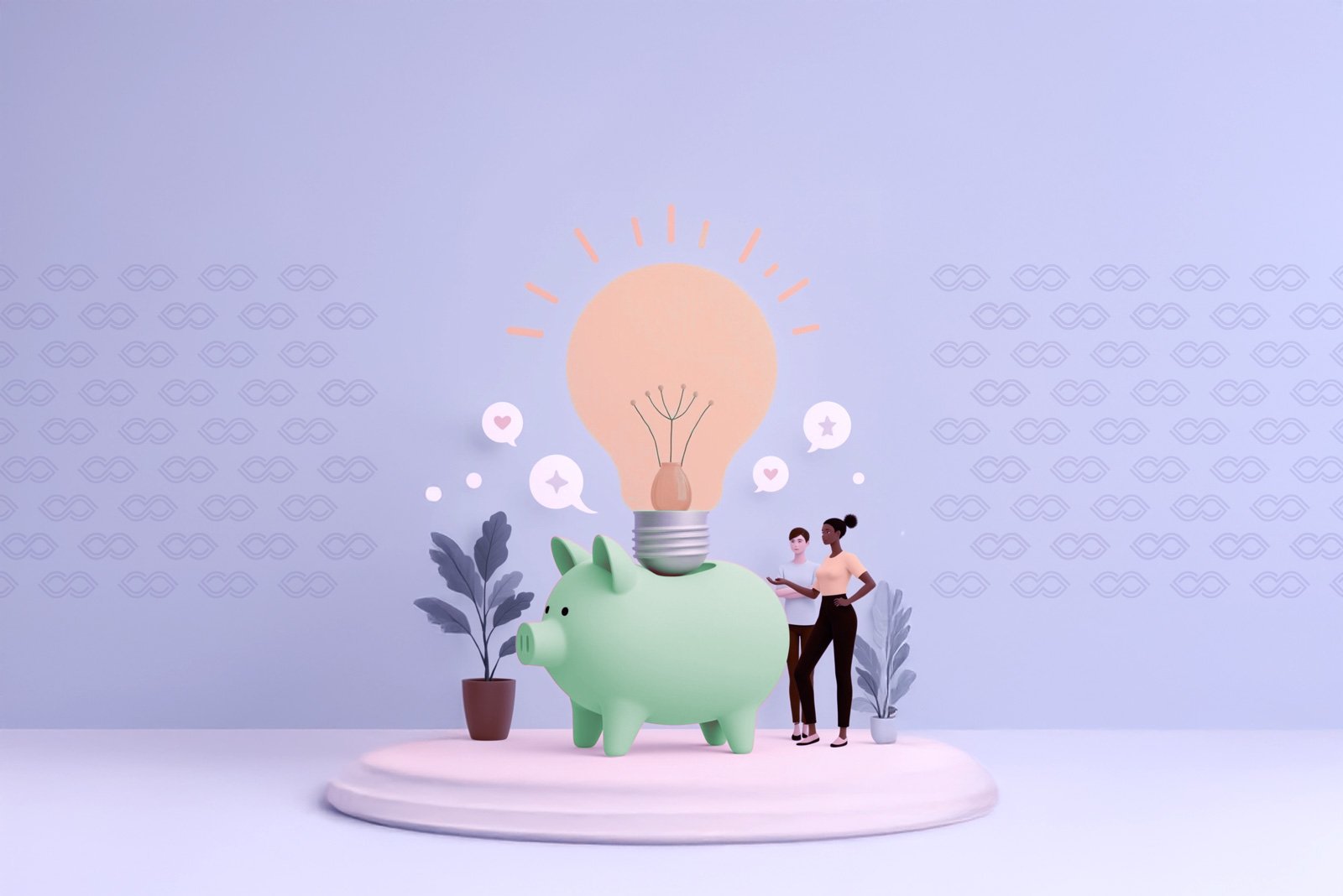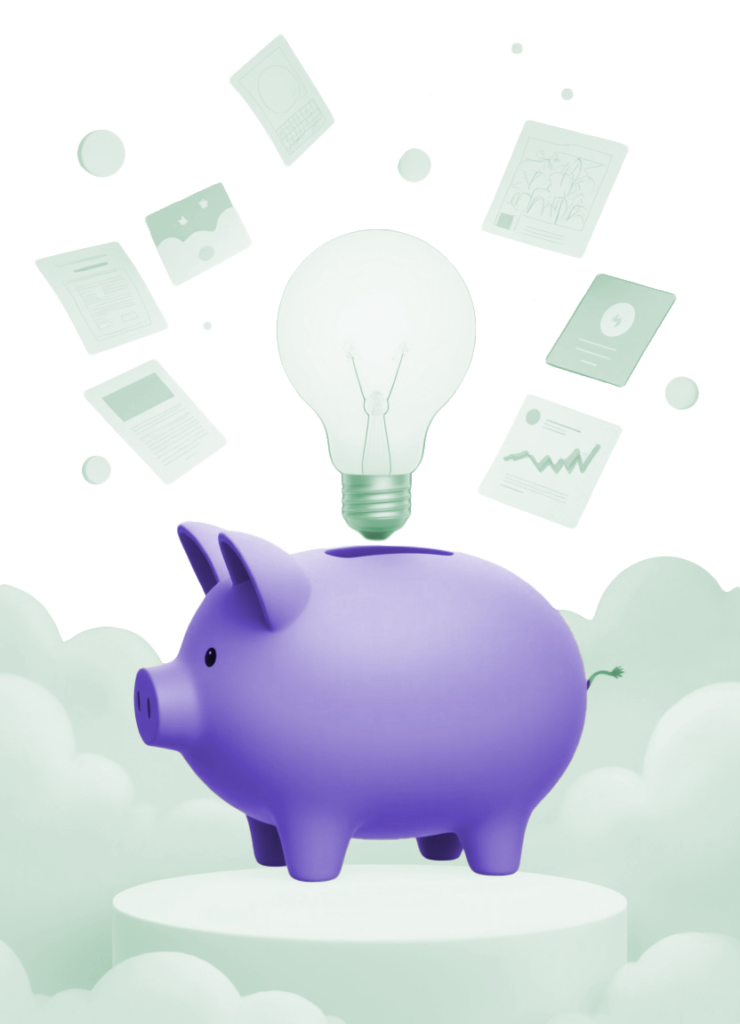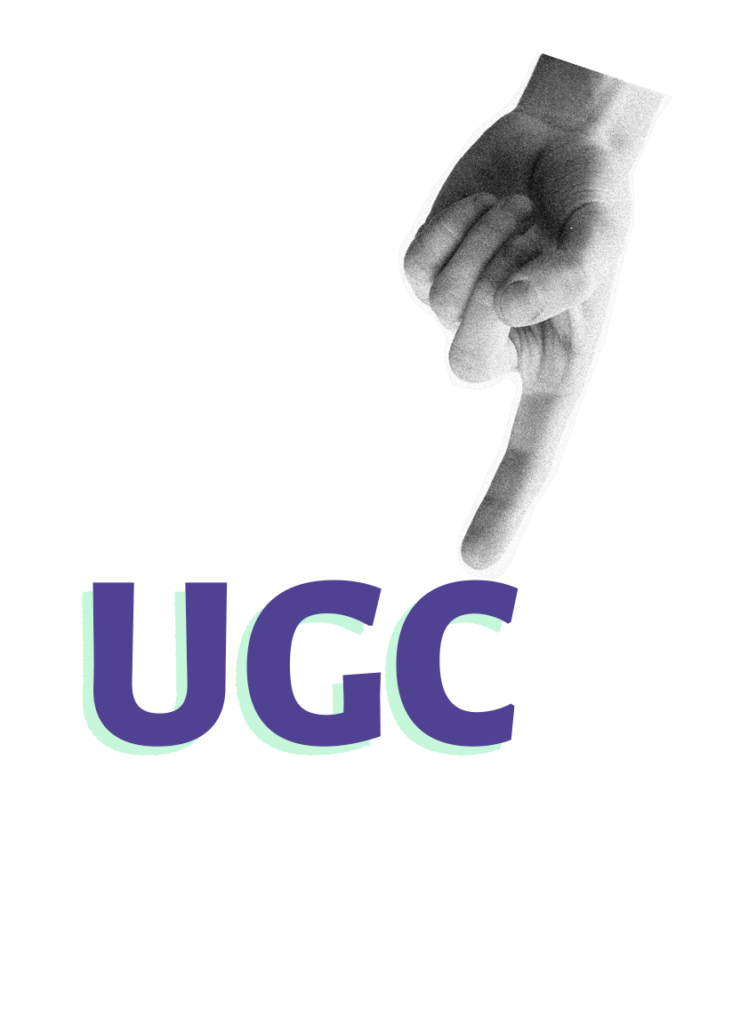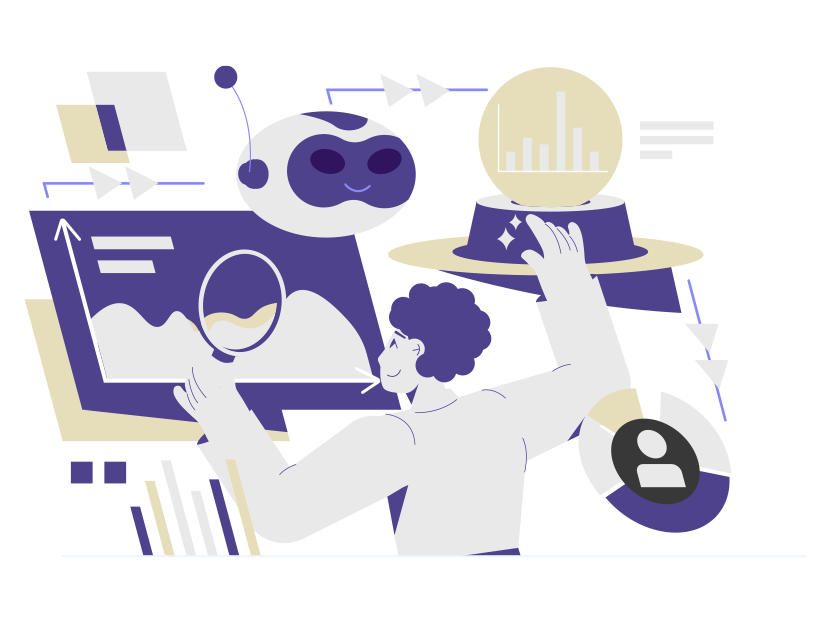
Why Creative Advertising Should Not Be Expensive
Why Creative Advertising Should Not Be Expensive

Introduction
In the modern marketing landscape, creative advertising is often associated with big budgets, celebrity endorsements, and high-end production. However, this assumption can be misleading. At our professional and innovative advertising agency, we’ve learned that genuine creativity stems from insightful strategy, resourceful planning, and authentic storytelling—not from bloated financial outlays.
This article offers an in-depth exploration of why creative advertising does not need to be expensive. We’ll trace the evolution of advertising from its earliest print origins to today’s data-driven digital ecosystem. We’ll also showcase the most effective, cost-conscious strategies and provide real-world case studies illustrating how limited budgets can still yield high-impact marketing results.
Whether you’re a startup, an established brand, or a fellow advertising professional seeking fresh insights, our goal is to demonstrate how a well-planned, imaginative approach can drive substantial ROI, deepen customer relationships, and build long-term brand value—all without breaking the bank.

Historical Context: From Print to Digital
2.1 Early Advertising and Print Media
Advertising traces back to ancient civilizations, where town criers and posted notices announced goods and events. A turning point emerged in the late 15th century when William Caxton introduced what is considered the first printed advertisement in Britain. Over time, newspapers became the dominant platform for distributing ads, allowing businesses to reach broader audiences than ever before. While effective, these early print ads already hinted at the challenge of advertising costs, as printing and distribution weren’t cheap.
2.2 Outdoor and Broadcast Advertising
By the 19th century, billboards and outdoor posters elevated creative advertising to public spaces—one classic example being large-format circus billboards in 1830s New York. However, renting prime billboard locations drove up expenses, sidelining smaller businesses with limited budgets. Then came radio in the 1920s, followed by television advertising, both of which were transformative but financially out of reach for many budding brands. The cost of media time, scriptwriting, and talent often discouraged small-scale companies.
2.3 Transition to Digital Platforms
The digital revolution starting in the late 20th century reshaped advertising yet again. Websites, search engines, and later social media channels unlocked more targeted, data-driven approaches. While digital marketing introduced significantly lower costs in certain areas (e.g., organic social media posting vs. TV commercials), new technologies such as programmatic advertising and AI-based optimization again created complexities and potential cost escalations—if not managed carefully.
Why Creative Advertising Should Not Be Expensive
3.1 Budget Constraints Fuel Innovation
When budgets are tight, resourcefulness becomes a necessity rather than an option. History proves that boundaries often drive greater innovation. Teams forced to do more with less are likelier to explore inventive strategies, from guerrilla marketing stunts to user-generated content campaigns. Rather than seeing a modest budget as a setback, view it as a catalyst for truly standout ideas.
3.2 Driving Authentic Connections
One of the most undervalued benefits of low-cost advertising is the inherent push toward authenticity. Over-produced content sometimes lacks a personal touch, making it less relatable. In contrast, simpler, more human-centric campaigns frequently strike a chord with audiences who yearn for genuine engagement. Consumers today are highly perceptive and tend to align with brands that show transparency and honesty rather than those that rely solely on flashy ad spots.
3.3 High Production Value vs. Relevance
Spending vast amounts on cinematography or celebrity endorsements doesn’t guarantee success. A cleverly crafted social media post, an innovative TikTok challenge, or a heartfelt brand story told through everyday visuals can generate immeasurable buzz. In many cases, it’s the relevance and relatability of an advertisement, not the glitzy production value, that prompts viewers to share, comment, or ultimately purchase.

Core Strategies for Cost-Effective Marketing
4.1 Strategic Partnerships and Collaborations
Forming alliances with non-competing businesses or influential organizations can significantly reduce advertising costs:
- Co-Branded Events: Split venue, promotional, and hosting expenses. Each partner gains direct exposure to the other’s customer base.
- Cross-Promotions: Introduce special offers like “buy one product from us, get a discount from our partner,” encouraging audience overlap.
- Community Projects: Collaborative social responsibility campaigns can build trust and positive brand associations on a tight budget.
4.2 Community-Focused Initiatives
Often overlooked in a digital-driven era, local marketing and community engagement can produce strong returns:
- Sponsoring Local Gatherings: Farmers’ markets, charity runs, or neighborhood fairs offer brand visibility and foster public goodwill.
- Grassroots Advertisements: Simple flyers, chalk art, or stickers in high-traffic community areas can be surprisingly effective conversation starters.
4.3 Leveraging Free or Low-Cost Tools
Numerous freemium or inexpensive software platforms empower small and large teams alike:
- Design Tools: Canva, Visme, or Adobe Express help create professional visuals without the need for hiring graphic designers.
- Social Media Schedulers: Platforms like Hootsuite or Buffer streamline posting times, ensuring consistent content distribution.
- Basic Analytics: Google Analytics, Facebook Insights, or LinkedIn Page Analytics offer a window into user behavior at minimal to no cost.
Modern Digital Tactics for Low-Budget Creative Advertising
5.1 Micro-Influencer Collaborations
Partnering with micro-influencers—individuals with smaller but highly loyal followings—tends to be more cost-effective than engaging big-name celebrities. Because their audiences trust their recommendations, micro-influencers often deliver higher engagement rates and more meaningful conversions relative to their scale.
- Niche Targeting: Identify micro-influencers whose communities align perfectly with your product or service.
- Authentic Content Creation: Invite them to test or unbox your offerings; authenticity is key for resonance.
- Long-Term Partnerships: Building ongoing relationships can strengthen brand credibility over time.

5.2 Social Media Advertising & UGC
User-generated content (UGC) taps into the passion and creativity of your existing customers. Encouraging them to share photos, videos, or stories related to your brand is an organic way to build a loyal community:
- Branded Hashtags: Create campaign-specific hashtags to consolidate UGC and facilitate easy discoverability.
- Repost & Reward: Feature top user submissions on your official channels, possibly offering small prizes or shout-outs as incentives.
- Low-Cost Paid Ads: Even modest budgets on Facebook Ads, Instagram Reels promotions, or TikTok Boost can amplify reach when targeted meticulously.

5.3 Programmatic Advertising on a Budget
While programmatic advertising can seem intimidating, many demand-side platforms (DSPs) let you set strict budget caps and refine target parameters. This means even small daily spends can yield valuable brand impressions if you:
- Leverage Audience Data: Focus on high-intent, niche audiences, reducing wasted impressions.
- Set Conversion-Oriented Goals: Pay only when users click or convert, ensuring you’re not overspending on irrelevant placements.
- Optimize Creatives Frequently: Rotate ad visuals and copy to identify which variants drive the best performance.
5.4 AI-Driven Campaign Optimization
Many advertising platforms now offer AI-based recommendation engines that automate bid strategies, audience segmentation, and creative optimization:
- Auto-Bid Strategies: Tools like Google Ads Performance Max or Meta Advantage+ can automatically adjust bids in real time, minimizing guesswork.
- Predictive Analytics: AI-driven dashboards forecast campaign outcomes, advising on which channels or audience segments might offer the best ROI.
- Smart Segmentation: Machine learning detects behavioral patterns and clusters audiences accordingly, making your budget usage more precise.

Successful Case Studies in Low-Cost Advertising
A small cosmetic brand specialized in organic lip balms decided to partner with micro-influencers on TikTok. They sent out sample products with no formal contract—just a friendly request to mention the brand if they liked it. The resulting organic UGC garnered millions of combined views. Within a month, website traffic and direct sales soared, showcasing how genuine engagement can eclipse expensive ad campaigns.
Key LessonAuthentic, community-driven storytelling can surpass the results of polished but inauthentic influencer marketing.
6.2 Local Event Marketing Success
A budding café aimed to become the go-to spot for young professionals. Instead of paying for large billboard ads, they hosted weekly coffee-making workshops and networking evenings. The cost was limited to coffee beans, staff time, and basic supplies. This approach fostered a devoted clientele who spread the word on social media.
Key LessonIn-person, low-budget events can create buzz, loyalty, and long-term foot traffic—no extravagant ad buys required.
6.3 Grassroots Engagement on Emerging Platforms
A sustainable fashion startup capitalized on new audio and text-based platforms like Clubhouse and Threads. By hosting weekly chats on ethical production methods, they built a highly engaged niche community. Despite minimal ad spend, the authenticity of their messages and conversations led to press coverage and a steady rise in online orders.
Key LessonBeing an early adopter of emerging social channels can yield outsized returns, especially when your message is educational and sincere.
Building Authentic Brand Identity Without Breaking the Bank
7.1 Storytelling That Resonates
People often remembernarrativesfar more than promotional taglines. By weaving your product or service into an engaging backstory—founder journeys, behind-the-scenes processes, or meaningful brand values—you invest inemotional capitalthat transcendsad budgets. Behind-the-Scenes Videos: Show the human faces behind the brand, fostering trust and empathy. Real Customer Testimonials: Encourage existing clients to share their authentic experiences, thus reinforcing credibility.
7.2 Human-Centric Content Creation
A shift is occurring in consumer expectations—brands are less about corporate polish and more about real human connections. While professional design can enhance credibility, it’s often the personal voice and relatability that solidify a brand’s relationship with its audience. • Conversational Tone: Use language that speaks directly to your customers’ aspirations and challenges. • Inclusive Imagery and Messaging: Showcase diverse experiences and perspectives, reflecting a broader community.
Measuring ROI and Refining Strategy
8.1 Key Performance Indicators (KPIs)
Choosing the right KPIs is essential for monitoring your low-cost advertising’s effectiveness. Common metrics include: • Engagement Rate (ER): Likes, comments, shares, video watch time. • Click-Through Rate (CTR): Percentage of people who click an ad or link after seeing it. • Conversion Rate (CR): Ratio of users who perform a desired action (e.g., purchase, sign-up). • Return on Investment (ROI): Revenue generated divided by the total cost of the campaign.
8.2 Analytics Platforms and Tools
Plenty of analytics solutions allow you to track these KPIs without extensive spending: • Google Analytics: Monitors traffic sources, user sessions, and ecommerce transactions. • Social Media Insights: Platforms like Facebook, Instagram, LinkedIn, or TikTok provide built-in analytics showing audience demographics and content engagement. • Heatmapping Tools: Services like Hotjar can reveal how users interact with landing pages, helping optimize design elements for better conversions.
8.3 A/B Testing and Continuous Optimization
Systematic A/B testing (or split testing) enables you to compare different ad variations, landing pages, or emails: • Headline Variations: Test different headlines to see which resonates more strongly with your audience. • Call-to-Action (CTA) Placement: Simple changes in button color or text can significantly affect CTR and CR. • Ad Creative: Alternate visuals, copy, or format to determine the top-performing combination.
Overcoming Common Challenges
9.1 Financial Constraints and Resource Allocation
Even “low budget” campaigns require budget discipline:
- Incremental Scaling: Start small and reinvest the profits from successful campaigns.
- Outsourcing Wisely: If certain technical tasks exceed your team’s capacity, consider freelancers or specialized micro-agencies for short-term projects.
9.2 Technical Skill Gaps
Not every small business or brand manager is an SEO expert, data analyst, or copywriter:
- Online Courses: Platforms like Coursera or HubSpot Academy offer free and low-cost courses on digital marketing fundamentals.
- Peer Collaboration: Partner with other local companies or professionals; exchange expertise to fill mutual skill gaps.
9.3 Time Management
Multi-tasking between product development, operations, and marketing can be overwhelming:
- Content Calendars: Schedule posts or campaigns in advance to maintain consistency without daily micromanagement.
- Automation: Utilize email auto-responders, chatbot scripts, or social scheduling tools to reduce manual workload.
9.4 Market Saturation and Competition
Advertising messages inundate consumers daily, especially in crowded markets:
- Unique Value Proposition (UVP): Clarify what sets you apart—competitive pricing, sustainability, superior quality, etc.
- Niche Down: Instead of targeting broad demographics, focus on specific segments that value your unique offerings.
- Consistent Branding: Use cohesive design, tone, and messaging across channels to stay memorable.
Conclusion
Advertising has evolved dramatically—from centuries-old print campaigns to today’s highly specialized, AI-driven digital platforms—yet one principle remains constant: creativity can flourish under constraints. As a professional, creative advertising agency, we’ve witnessed firsthand how smart planning, authenticity, and strategic resource allocation often outperform big budgets that lack innovation.
By embracing low-cost techniques, brands can forge meaningful relationships with their audiences, adapt quickly to market shifts, and foster a lasting sense of community. Whether through micro-influencer collaborations, user-generated content, or in-person engagement, there are countless avenues for delivering compelling messages without depleting resources.
Ultimately, cost-effective campaigns are not second-rate solutions. They are powerful, scalable approaches to stand out in a saturated marketplace. Armed with the right mix of creativity, analytics, and continuous optimization, even the most budget-conscious advertisers can drive impressive ROI, fueling brand growth and lasting success.
Ready to Innovate?
Our agency specializes in cost-effective advertising solutions that combine creativity, data-driven strategy, and audience insights. Reach out today to discover how we can transform your budget constraints into competitive advantages.

